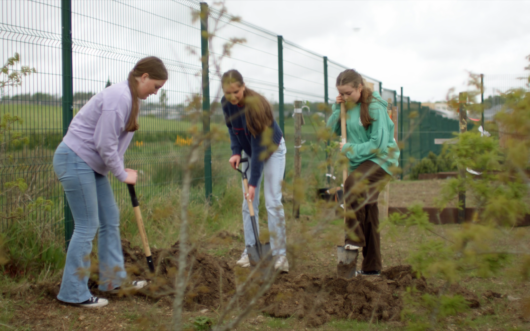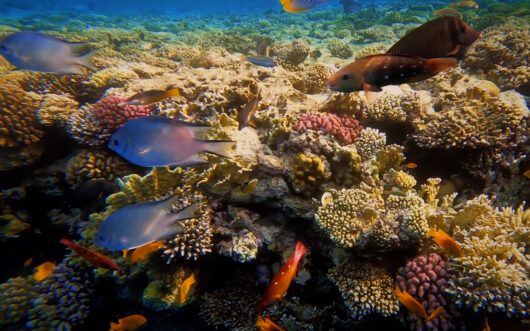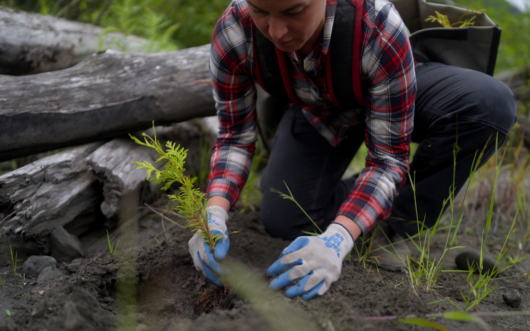Bumble bee brigades, tips to help wildlife beat the heat, and 80% fewer plastic bags on U.K. beaches
Help Backyard Wildlife Beat the Heat
Feeling bad for wildlife suffering from the summer heat? The National Wildlife Federation has a simple suggestion for you to help backyard critters beat the next heatwave: Get an outdoor water feature. This could be as simple as putting out a birdbath or leaving a few dishes of water out in the shade on your patio or balcony. The important thing is to give wildlife — like butterflies, birds, and frogs — an easy way to cool off and stay hydrated.
If you’re feeling more ambitious, you can even consider creating a frog pond surrounded by native plants! Read Wild Hope’s step-by-step guide on how to build a frog pond to get started.
Shopping Bag Fees Are Paying Off
The number of plastic bags washing up on U.K. beaches dropped by 80% between 2014 and 2023, The Guardian reports. The reason for this hopeful trend? The country’s plastic bag fees, which run from 5 to 25 pence per bag, says the Marine Conservation Society. In 2011, large retailers started charging for single-use plastic bags, and the practice became widespread in 2014. Wales plans to ban plastic bags altogether by 2026.
Inspired? Anyone can help the Marine Conservation Society collect plastic pollution data by participating in its annual Great British Beach Clean. If you live outside the U.K., you can find a cleanup closer to home by using the Ocean Conservancy’s International Ocean Cleanup map. And to learn about an ocean plastic cleanup taking place at an even grander scale, check out Wild Hope’s “The Great Ocean Cleanup.”
Some Frogs Can Resist Amphibian-Killing Fungus
One of the worst wildlife diseases ever recorded is a frog-killing fungus called chytrid. For decades, scientists have searched for susceptible populations that have developed a natural resistance to this rampaging pathogen. They might have finally found one, Science News reports.
Sierra Nevada yellow-legged frogs in California were one of the many species driven to the brink of extinction by chytrid. But now, some individuals appear to have developed a natural immunity in the form of genetic mutations that help them fight off infection. Researchers are working to pinpoint the specific genes that help confer resistance. In the future, this knowledge could help conservationists selectively breed for chytrid resistance in other species, too.
To learn more about chytrid fungus and the researchers working to save frogs in the hard-hit rainforests of Central America, check out our Wild Hope episode, “The Frog Ark.”
Bumble Bee Brigades Collect Conservation Data
North America’s native bumble bees are essential pollinators for many plants, but many species’ populations are plummeting. To find out why, scientists need to know where these fuzzy pollinators are hardest hit, where they’re thriving, and which plants they prefer.
Enter the bumble bee brigades. Volunteers armed with cameras and bee ID guides are heading out to their local nature preserves to snap photos of bumble bees. They upload these photos to local databases like the Wisconsin Bumble Bee Brigade or national databases like Bumble Bee Watch, where researchers can use the images and location info to inform conservation efforts. Since Bumble Bee Watch was launched a decade ago, a quarter of all bumble bee records in the U.S. have come from citizen scientists, Sierra Magazine reports. These observations have helped identify previously unknown flower faves and expanded the known range of some bumble bee species.
Want to get involved in a citizen science project yourself? Check out the Wild Hope page on SciStarter for dozens of community science projects aiding conservation efforts all over the world.




